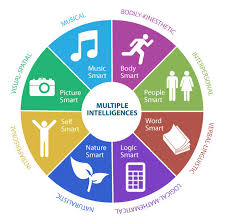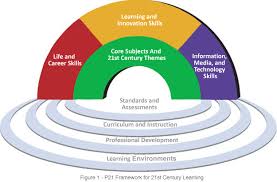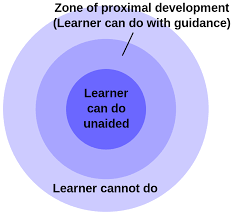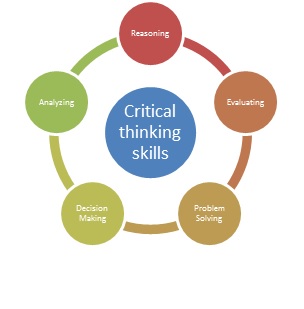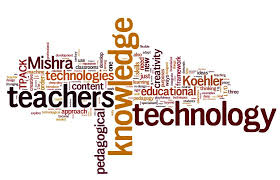
While changes in schools happen slowly, professional development for teachers is being transformed through technology. Gone are the prescribed agendas with approved district topics or mandates, replaced with teacher choice and voice. Teachers have been complaining about how professional development doesn’t benefit them in the classroom consequently, doesn’t even support them in their current work. Continue reading Professional Development that creates collaborative digital environments while addressing content curriculum

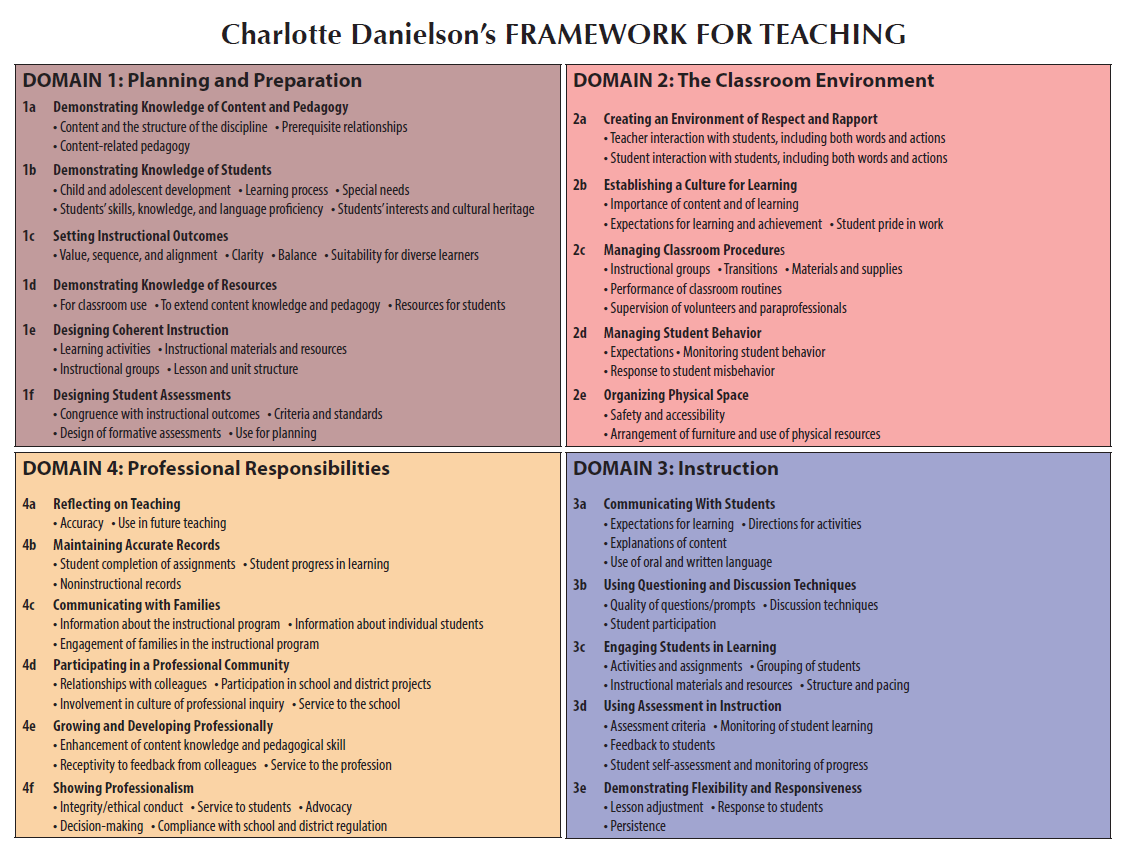 in the components of domains 2 and 3 in Danielson’s Framework. Since our district has adopted the framework for the teacher evaluation process, the various strategies within the instructional model families can be used to strength weaknesses within those components. While only one of the components was attached to each post, it is important to note that each instructional strategy could be used within multiple components.
in the components of domains 2 and 3 in Danielson’s Framework. Since our district has adopted the framework for the teacher evaluation process, the various strategies within the instructional model families can be used to strength weaknesses within those components. While only one of the components was attached to each post, it is important to note that each instructional strategy could be used within multiple components. 
